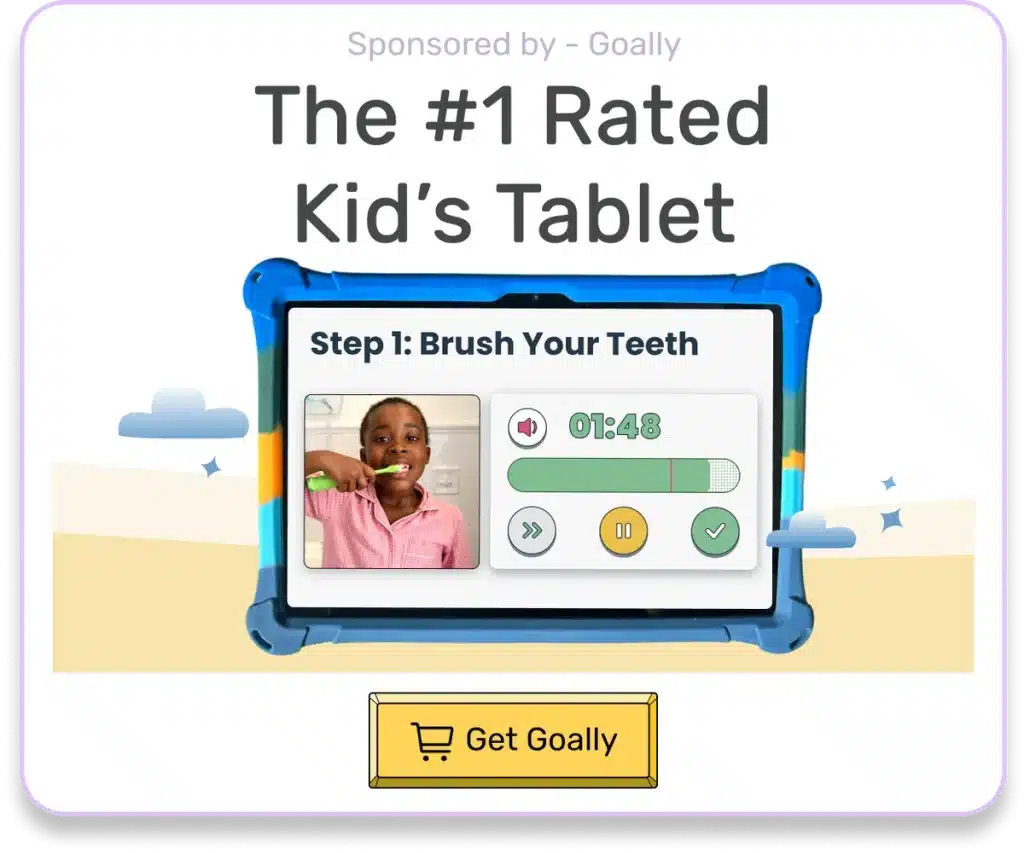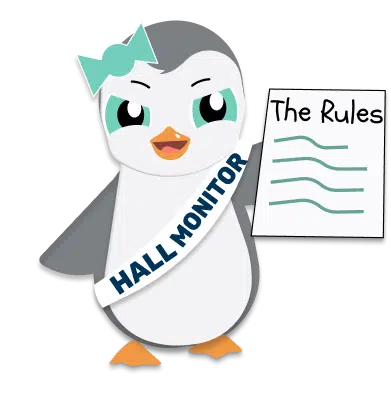Have you ever wished for a cheat sheet to decode your kid’s behavior? You’re not alone. Many parents and teachers are puzzled by the behavioral nuances of kids aged 2-12. Well, here’s some good news – this blog post is designed just for that! We’ve compiled a wealth of information on effectively understanding, recording, and managing children’s behavior patterns. Plus, we have an exclusive downloadable PDF, a comprehensive behavior checklist for teachers, waiting just around the corner!
Table of Contents
Understanding Kids’ Behavior in Classrooms
The crux of effective behavior management is understanding why kids behave as they do. Every action has a root cause; it could stem from emotional stress or simply because they want something. Identifying these causes helps to tailor appropriate responses and interventions.
Kids with special needs might display behaviors different from their peers. In other words, neurodivergent kids have unique ways of processing information, reflected in their actions. This is only necessarily problematic if it disrupts the learning environment or harms them or others around them.

Read more: Child Behaviors by AgeThe Importance of Effective Behavior Management
To clarify, effective behavior management isn’t just about maintaining order in the classroom; it’s about creating an environment conducive to learning. For instance, children with behavioral issues may struggle to focus on tasks or engage productively with their peers.
A Look at Typical Behaviors
Understanding what constitutes ‘typical’ behaviors for different age groups can be beneficial. For example, 4-year-olds are known for their curiosity and frequently ask questions, while older kids around 10-12 years old might exhibit more independence.
Children aged 2-4 tend to express themselves through physical actions rather than verbal communication. Kids aged 5-7 usually develop problem-solving skills but may require adult guidance. Above all, by the time they’re between ages 8-12, most importantly, they become capable of complex thinking but could display signs of rebellion or resistance as they seek autonomy.
Navigating Behavioral Challenges
To sum up, dealing with challenging behaviors requires patience and understanding from both parents and teachers alike. Moreover, this includes recognizing potential triggers, such as frustration or anxiety, that might lead your student toward disruptive behavior.
Meanwhile, it’s important to remember that each child is unique, and their reactions can vary drastically. Similarly, providing consistent responses to behaviors is crucial for kids as they thrive on predictability and routine.

Read more: Do Kids With ADHD Have Behavioral Problems?Tailoring Your Approach
During your journey as an educator, you’ll encounter students with diverse needs – including neurodivergent kids or those with thinking and learning differences. The key lies in tailoring your approach according to individual requirements while promoting inclusivity within the classroom environment.
For example, children with ADHD might benefit from more active tasks, whereas autistic children may need clear instructions broken down into smaller steps. Likewise, reinforcing positive behaviors through rewards or praise could motivate children towards better conduct over time.
The Power of a Behavior Checklist
Implementing a behavior checklist for teachers can be a game-changer in managing classroom dynamics. It is an effective tool for observing patterns in student behavior and understanding the reasons behind them.

Goally | Apps That Build Behavior & Life Skills for Kids
Want to keep your child motivated while building essential behavior and life skills? Goally’s skill-building tablet is designed to celebrate small wins and help your child grow.
Our Behavior Tracker helps you reward your kiddo for specific skills, like “being kind” or “flushing the toilet.”
By setting clear expectations and rewarding their efforts, you foster a positive environment for your child to flourish in their behavioral skills journey.

To Sum Up
In conclusion, there’s no one-size-fits-all strategy for managing behavior effectively among kids of different ages and abilities. However, armed with understanding coupled with tools like our downloadable PDF behavior checklist for teachers, you’re well on your way towards creating harmonious classrooms that foster growth both academically and personally!
FAQ about Behavior Checklist for Teachers
1. What is a behavior checklist for teachers?
- It's a tool used by educators to track and analyze children's behaviors, providing actionable insights for improvements.
2. Why should parents care about the behavior checklist for teachers?
- This resource can help parents understand their child’s behavior at school, assisting them in supporting their child's development at home.
3. How does the behavior checklist benefit kids?
- The checklist allows teachers to identify behavioral patterns that may impact learning, leading to personalized strategies that enhance educational outcomes.
4. How do you use this downloadable PDF of the Behavior Checklist?
- Simply print it out and fill in each section based on observed behaviors - it serves as an effective communication tool between parents and teachers.

Hennah is an experienced writer and researcher, helping children with autism, ADHD, and other neurodivergent conditions. As a blog contributor for Goally, she combines her deep understanding of neurodiversity with practical advice, offering valuable insights to parents and educators.





